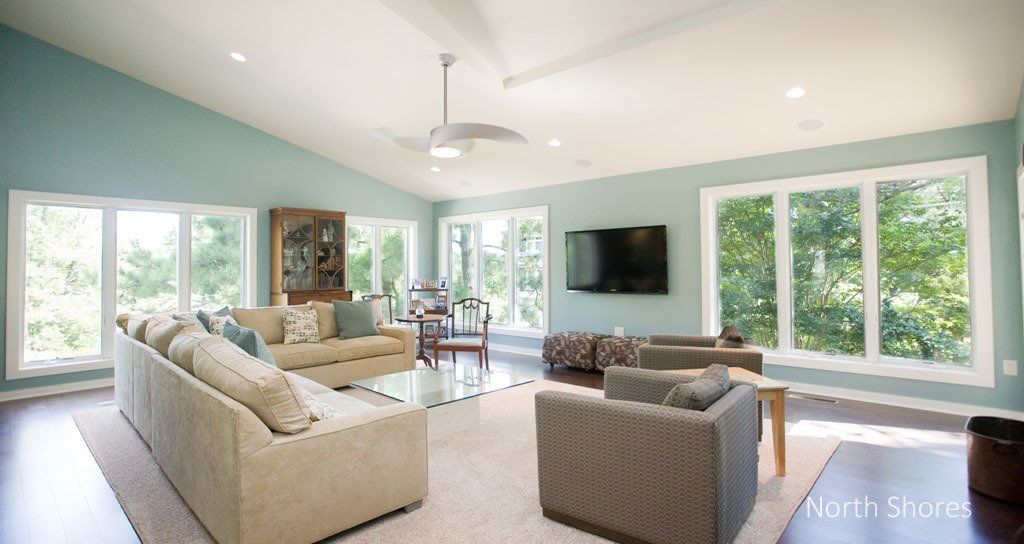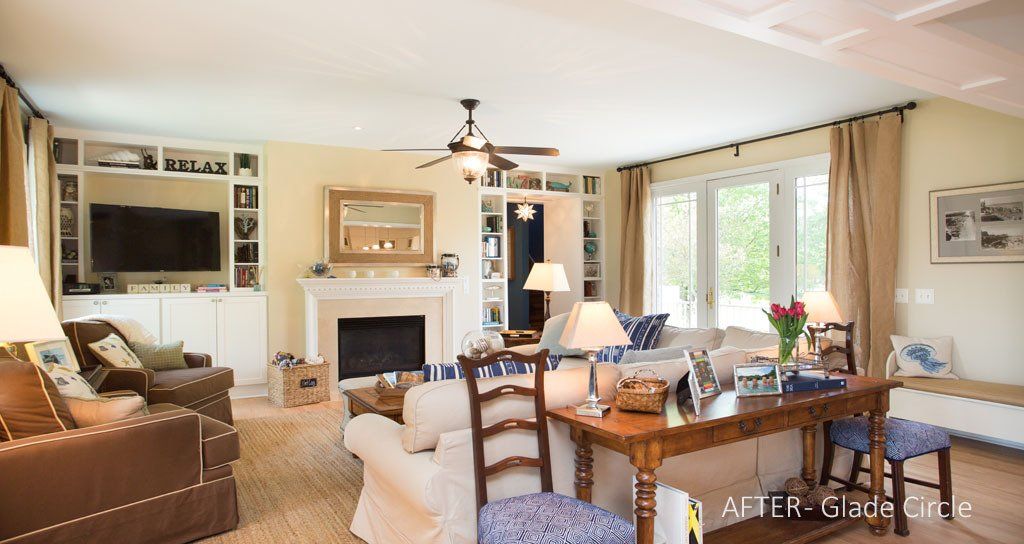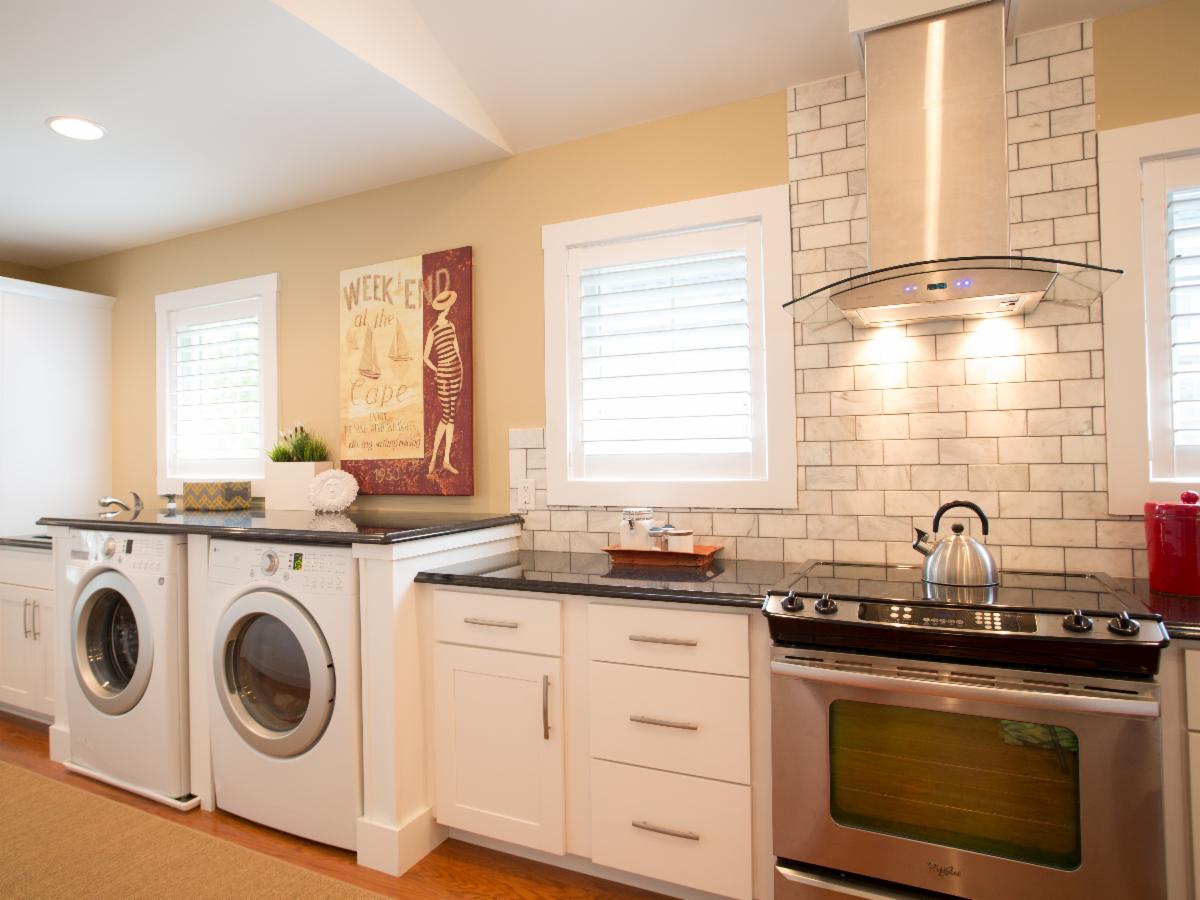Blog
Blog

By Kim Harding
•
28 Apr, 2022
Kitchens are the heart of the home where memories are made around food and good conversation. Kitchens deserve to be the centerpiece of every home and the design trends for 2022 will help turn your kitchen into a timeless classic for years to come. Check out the article here

By Kim Harding
•
22 Apr, 2022
Turnstone Custom Homes is a finalist in both the Best Home Builder and Best Home Remodeler categories for Coastal Style Magazine's Best of Coastal Style 2022! We are both thrilled and honored to be a finalist in both categories. Thank you to all who nominated us! We are incredibly excited for the next round of voting.

By Kim Harding
•
22 Dec, 2021
The following summarizes how Turnstone expects Project Managers to conduct themselves during any project. Be empathetic. Having strangers tearing your home apart is extremely stressful. Understand that the homeowner’s goal is to get you out of their home as quickly as possible, consistent with quality workmanship. This aligns with our goal of completing the project promptly to keep job schedules intact and protect project margins. Don’t leave the homeowner waiting and wondering. Nothing is more frustrating than not knowing when workers will be in your home. Always assume the homeowner has planned their day around you or the trade contractors. Make sure the homeowner knows the expected start and finish times each day and communicate daily to either reconfirm or notify of changes to the schedule beyond our control. Most importantly, be there when you say you’re going to be! If you say you’re breaking for lunch the homeowner assumes you will be back in an hour. Homeowners do not make a distinction between our performance and the performance of our trade partners – it’s all the same thing to them and they expect us to manage the trades. Confirm trade contractors’ arrival schedule the evening before. Most people understand that things happen, and people are sometimes late. In those cases, let the homeowner know immediately so they can adjust their plans. Over-communicate. Renovations are inherently unpredictable. It is impossible to over-communicate what is going on, problems uncovered and proposed solutions, schedules and progress reports. Daily job logs are essential, communicating in words and pictures what was achieved and what will happen next. Document all important discussions and share that documentation with the homeowner through the construction management portal. Assume the homeowner is busy. Get to the point. If the homeowner is feeling chatty, they’ll let you know. Respect the Owner’s property . The work area should be cleared of the owner’s possessions and furniture. Help the homeowner relocate possessions to a safe area if necessary. Never allow Turnstone personnel or trade partners to enter spaces that are not included in the scope of work unless absolutely required to complete the scope of work. Never lie . Always tell the whole truth – especially if we’ve made a mistake. Once the homeowner stops trusting your word, you will never regain their trust. Don’t “manage” your client. The Project Manager is responsible to make sure the homeowner knows the whole truth. Don’t spoon feed or spin information. Be a straight shooter, even when that is uncomfortable for you or the homeowner. If you think the homeowner is being unreasonable, ask your supervisor to intervene immediately to clear the air, reach consensus and reset realistic expectations. Require decisiveness. Notify your supervisor immediately if homeowner inattention or indecision is threatening the project schedule. It will be uncomfortable to confront the issue, but the homeowner will thank you when the project is done on schedule. The homeowner’s business is nobody else’s business. You will learn a lot about the homeowner and their family during the renovation. Respect the homeowner’s privacy and keep sensitive information to yourself. Clean up. Leave at least 15 minutes at the end of each day to organize materials and clean up construction debris and check the driveway and street for nails and screws. Demand the same of our trade partners. Don’t forget the neighbors. The homeowners can tolerate a lot of disruption because they get a beautifully renovated new home at the end of the project. The neighbors just get the disruption. Introduce yourself to the surrounding neighbors early on and give them your cell phone number. Set realistic expectations and let them know you are aware that the project will inconvenience them. Some neighbors will never be satisfied but that doesn’t mean you shouldn’t try. If a neighbor becomes belligerent, disengage and schedule a meeting with your supervisor and the homeowner to discuss the situation. Conclusion. If you follow these rules consistently the homeowner will become your friend and partner in the project. Ignore these rules and your relationship with the homeowner will quickly deteriorate, making the entire process miserable for you and them.

By Kim Harding
•
09 Aug, 2021
Have you ever wanted a quick reference for aging-in-place issues? Are you wondering how to incorporate some aesthetically pleasing designs into your projects? If so, the Aging-In-Pace Checklist might be suited to your needs. The checklist below contains features, suggested by The National Association of Homebuilders, that you may want to consider for your next construction or renovation project. It also provides a quick reference for various aging-in-place issues. Exterior Low maintenance exterior (vinyl, brick) Low maintenance plants and shrubs Deck, patio or balcony surfaces no more than ½ inch below interior floor level Overall Floor Plan Main living on a single story, including a full bath No steps between rooms/areas on the same level 5 ft. by 5 ft. clear turn space in living area, kitchen, a bedroom and a bathroom Hallways Minimum of 36-inches wide, wider is preferred Well lit Entry Accessible path of travel to the home At least one no-step entry with a cover Sensor light at exterior no-step entry focusing on the front door lock There needs to be 32-inches of clear width, with includes a 36-inch door Non-slip flooring in the foyer Entry door sidelight or high/low peep hole viewer; sidelight should provide both privacy and safety Doorbell in accessible location Surface to place packages when opening the door Thresholds Flush preferable Exterior ½ inch maximum with a bevel Interior maximum of a quarter inch Interior Doors There needs to be 32-inches of clear width, which requires a 36-inch door Levered door handles Windows Plenty of windows for natural light Lowered windows or taller windows with lower sill height Low maintenance exterior and interior finishes Easy to operate hardware Garage or Carport Covered carports and boarding spaces Wider than average carports to accommodate lifts on vans Door heights may need to be nine feet to accommodate some raised roof vans If code requires floor to be several inches below entrance to house for fume protection, can slope entire floor from front to back to eliminate need for ramp or step

01 Jun, 2021
To Renovate or Build New – That is the Question Should you renovate your home or tear it down and start fresh? Sometimes the answer is obvious, but often it is nuanced and requires judgment and experience to make a sound decision. Turnstone’s roots are at the Delaware beaches, where the soaring value of coastal land has made the “renovate vs. tear down” decision something we deal with all the time. For many owners, having a quaint little cottage sitting on a parcel of land that is worth $1,000,000 or more just doesn’t make a lot of sense. As new, larger homes gradually surround the cottage, their choice becomes even clearer. But there are many advantages to renovation that must be considered before you schedule the wrecking ball. We tapped the collective expertise of our most seasoned professionals to gather the factors that should be considered when facing this important decision. In the end, each situation is unique, and no generalized advice is sufficient to the task. One caveat – if you are passionate about the historical significance or authenticity of your older home, this blog post is not intended for you. Assuming your home has a solid foundation and “good bones”, you are going to renovate it, and we would be thrilled to assist in that endeavor. First Things First It helps to start with a wish list of the attributes that are important to you, categorized by wants, needs and must-haves. This is a great mental exercise that prioritizes what matters to you, unencumbered by the practical limitations of a renovation. Based on this list, Turnstone can provide you with a rough idea of the cost to build new vs. the cost to renovate. It’s key to know what financial ballpark you are playing in for both options. We can also estimate how long the renovation or new build would take. The Factors Note: Some factors are only relevant if you are close to the coast or inland bays. Factors that favor renovating your home: · Your home has a solid foundation and framing, and you want to save money. · You are satisfied with the square footage in the existing building footprint. · Improving your home in phases works better for your budget and/or lifestyle considerations. · You’re in a hurry. Renovations are generally faster than new construction. · The design you contemplate does not involve major changes in how structural loads are carried. · Your home has non-conforming setbacks and/or a floor area ratio. You may lose square footage if you demolish because more restrictive Codes and lot coverage limitations may apply. · You have other non-conforming structures on your lot that you want to keep. · Less than 50% of the home requires renovation. · You are not bothered by the prospect of living through a renovation, or you have an alternative temporary housing option. · The air quality, HVAC functionality and energy efficiency of your home are not a concern. · The lot cost and rebuilding cost combined would greatly exceed the market value of the new home. · Your home has characteristics that would be very expensive to recreate – i.e., an all brick or stone exterior. · You live in an area where applying for a renovation building permit will not trigger a reassessment of your home’s value by taxing authorities. · The cost of demolition and disposal is very high in your area. · Crazy high lumber and steel prices make rebuilding too expensive (like now). Factors that favor building a new home: · You just want to live in a new house! You want modern amenities like an open floor plan, high ceilings, large closets and bathrooms, better air quality and energy efficiency, etc. · Your foundation and/or floor systems are approaching the end of their useful lives. · Your foundation would not support the load of adding a floor above the existing space. · The applicable building authorities will require you to meet contemporary building Codes for energy efficiency, fire safety, electric wiring etc., as a prerequisite for issuing a building permit. · You place a high value on having a virtually maintenance-free lifestyle for many years to come. · “ Aging-in-place ” is important to you. Many of the recommendations for successful aging-in-place construction are harder to achieve with a renovation. · The property was purchased for “lot value”. · The potential market value of a new home is much greater than the value of a renovated home. · You will need to renovate more than 50% of the home. · You are passionate about energy efficiency. · Your home has asbestos, lead paint or other hazardous materials. · Your existing floor plan is radically different than your desired floor plan. · Your home has aging components not directly related to the renovation. By rebuilding, you get to reset the clock on expensive repairs and replacements for many years. Think roofing, siding, paint, appliances, water heaters, the HVAC system, among others. It might be that building new is not that much more expensive than the cost of a renovation plus the cost of replacing obsolete components as they wear out. · Your lot is prone to flooding or you are concerned about sea level rise and want to elevate on pilings. While not an issue on the East coast, people in western states need to take into consideration resistance to wildfires and earthquakes. · There are desirable (and valuable) potential views that can be captured by building up. · You need budget certainty. Renovations require a larger contingency factor because there are simply more unknowables. Once your home is under renovation, you usually don’t have any choice but to pay up for any unexpected costs that may arise. · If you want to add a swimming pool and the existing home is non-conforming, you may have no choice but to build new in some jurisdictions. Other Considerations: · Do you want to live in the home while it is being renovated? Think long and hard about that question because living in a home undergoing major renovation can be extremely inconvenient and stressful and can slow down the pace of the renovation. It’s loud, dusty, dirty and workers are constantly coming in and out, generally at the least convenient time for you. Can you live with a microwave and a coffee pot for weeks on end? · If you have an HOA with permitting and/or architectural review powers, start talking to them early on to gain an understanding of how they approach renovations, demolition and new construction projects. Are there restrictions in the neighborhood, such as following a specific architectural style, roof type, or color scheme? · It may be tempting to convert your garage to additional living space. Talk to a Realtor before making this decision, as a garage is sometimes more valuable upon resale than the additional living space. · When doing your budgeting, don’t forget the furniture. Your luxurious new home or freshly renovated spaces will be screaming for new furniture to finish off the look. · Beware of companies offering large charitable contributions for components of a demolished home. The IRS is cracking down hard on perceived abuses in this area. Most of our clients who study the issue decide to tear down and build a new home. The tear down and rebuild option is all-or-nothing. After your home is demolished (not an insignificant expense) you're left with a vacant lot, committing you to build the new home – NOW! But, by rebuilding, you reset the clock on all those aging systems and appliances. When it comes time to sell, you’ll be selling a home that is still in good shape and has the modern amenities most buyers prefer. As a bonus, you had the pleasure of living in a new home all those years! Turnstone is available to help you assess these factors and reach the right conclusion for your situation. Whatever your final decision, we would love the opportunity to help you plan, design and execute your dream home or renovation.
Lets Build Together
Quick Links
© 2024
All Rights Reserved | Turnstone Custom Homes







